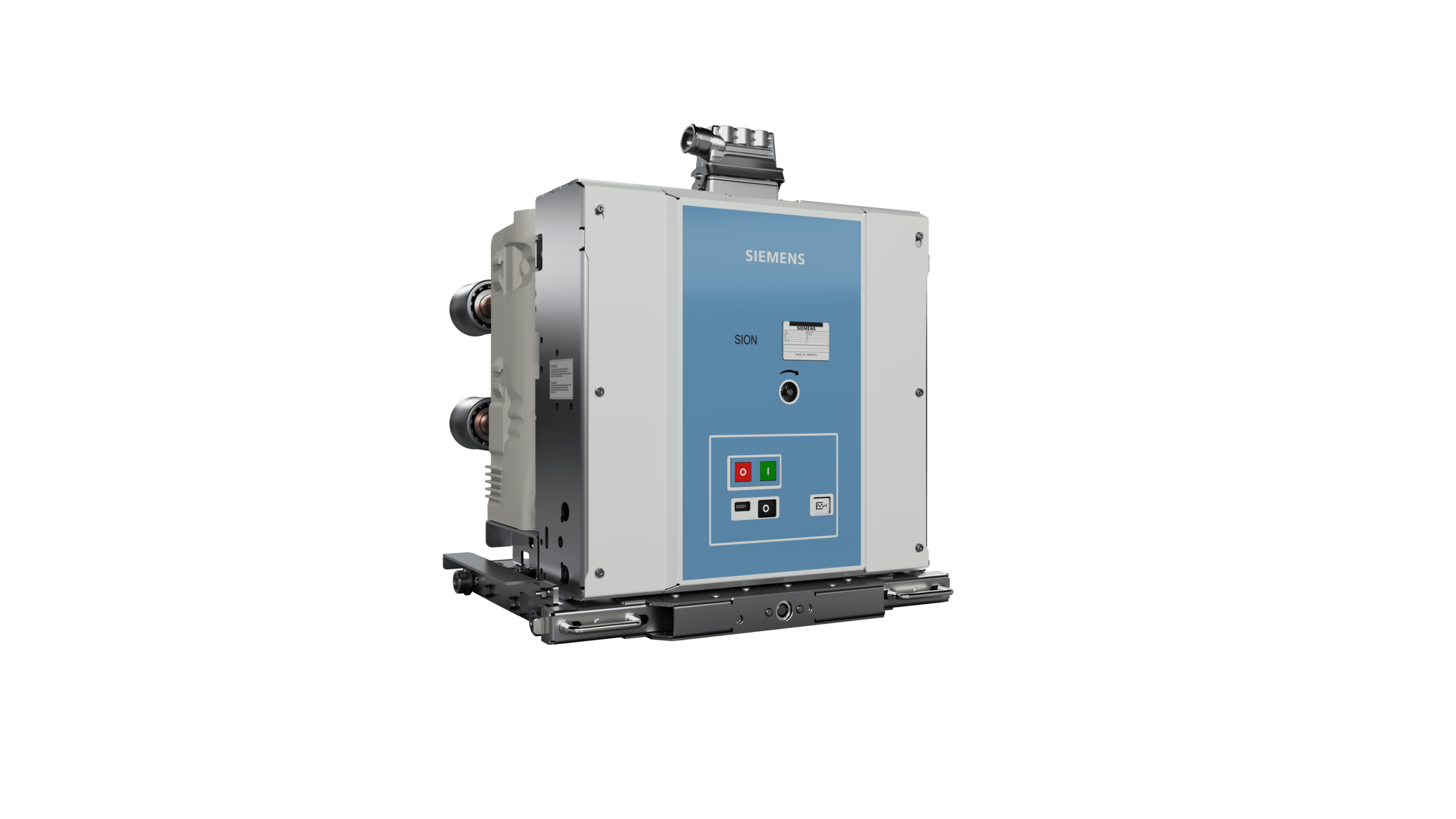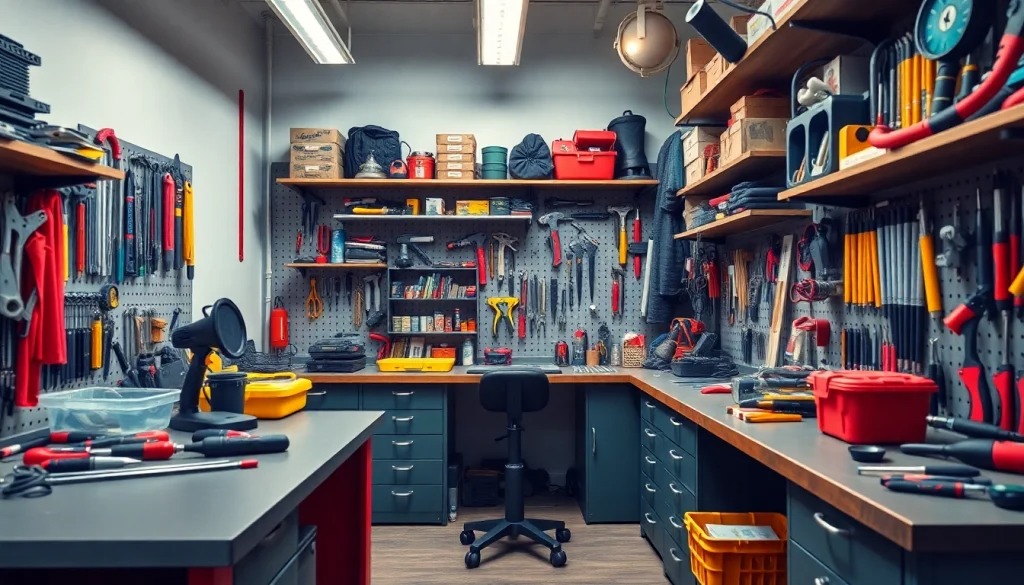Introduction to Vacuum Circuit Breaker Technology
A vacuum circuit breaker is one of the most efficient and reliable devices used for switching and protection in electrical systems. It uses vacuum as the arc-quenching medium, which ensures minimal energy loss and long service life. The performance and durability of a Vacuum circuit breaker depend greatly on the quality and type of materials used in its components. Every material in a vacuum circuit breaker—from contacts to insulating parts—plays a critical role in ensuring safety, efficiency, and longevity.
Importance of Material Selection in a Vacuum Circuit Breaker
The selection of materials directly influences the mechanical strength, conductivity, insulation performance, and arc extinction ability of a vacuum circuit breaker. Choosing the right materials ensures that the vacuum circuit breaker operates efficiently under various load conditions, maintains stability during voltage fluctuations, and withstands high mechanical and thermal stresses. Manufacturers like Aierway prioritize high-quality materials to deliver durable vacuum circuit breaker solutions for industrial, commercial, and power distribution systems.
Contact Materials in a Vacuum Circuit Breaker
Contacts are the most critical components of a vacuum circuit breaker because they are directly involved in current interruption. The contact material must have excellent electrical conductivity, high melting point, and strong resistance to welding. Common contact materials used in vacuum circuit breakers include copper-chromium (CuCr) alloys, silver-tungsten, and copper-bismuth.
Copper-Chromium Contacts
Copper-chromium alloys are the most widely used materials for vacuum circuit breaker contacts. They provide superior arc-quenching performance, low contact erosion, and excellent electrical conductivity. The chromium component helps reduce arc duration and contact wear, while copper ensures high conductivity. These properties make CuCr contacts ideal for medium- and high-voltage vacuum circuit breaker applications.
Silver-Tungsten Contacts
Silver-tungsten contacts are another material choice for vacuum circuit breaker designs. Tungsten’s hardness and high melting point resist arc erosion, while silver provides good electrical conductivity. This combination ensures long contact life and reliable performance, especially in demanding environments. However, silver-tungsten is less common than CuCr due to higher costs and slightly lower arc interruption efficiency.
Insulating Materials in a Vacuum Circuit Breaker
The insulation system of a vacuum circuit breaker is vital for separating live parts and preventing electrical leakage. Insulating materials must have high dielectric strength, thermal stability, and resistance to moisture and contamination. Common insulating materials in vacuum circuit breakers include ceramics, epoxy resins, and composite polymers.
Ceramic Insulators
Ceramic materials are widely used in the vacuum circuit breaker housing because of their excellent dielectric properties and mechanical strength. They can withstand high voltages and maintain insulation integrity even under extreme temperature conditions. The vacuum envelope of a vacuum circuit breaker is often made from alumina ceramic, ensuring complete isolation of the internal contacts.
Epoxy and Composite Insulators
Epoxy resin is another key material used in vacuum circuit breaker construction, especially for external insulation. It provides lightweight, durable, and moisture-resistant insulation. Composite polymers are also gaining popularity in modern vacuum circuit breaker manufacturing due to their high mechanical performance and resistance to corrosion.
Arc Shield and Electrode Materials in a Vacuum Circuit Breaker
The arc shield inside the vacuum circuit breaker protects the vacuum chamber from metal vapor contamination produced during arc interruption. Stainless steel and copper are commonly used for arc shields because they can withstand high temperatures and mechanical stress. Electrode materials in a vacuum circuit breaker must also endure repetitive switching operations without degradation, ensuring consistent arc control and extinguishing performance.
Vacuum Envelope and Housing Materials
The vacuum envelope is a sealed chamber that maintains the vacuum inside the vacuum circuit breaker. The most suitable materials for this component are stainless steel and ceramic. Stainless steel provides mechanical strength, corrosion resistance, and durability, while ceramic ensures electrical insulation and vacuum tightness. Together, these materials guarantee the long-term reliability of the vacuum circuit breaker.
Operating Mechanism Components
The operating mechanism of a vacuum circuit breaker involves moving and stationary parts that perform the opening and closing operations. These components are typically made of stainless steel, aluminum, and high-strength alloys to ensure smooth and precise movements. The mechanical linkage system in a vacuum circuit breaker must be robust enough to handle repetitive operations while maintaining alignment and stability.
Importance of Material Quality Control
High-quality materials alone are not enough; strict quality control during the manufacturing process ensures optimal performance of a vacuum circuit breaker. Each part undergoes testing for mechanical strength, dielectric performance, and arc endurance. Aierway’s vacuum circuit breaker production process includes multiple quality assurance steps, from material selection to final assembly, guaranteeing safe and efficient products for all applications.
Advances in Material Science for Vacuum Circuit Breakers
Material technology is continuously evolving, and vacuum circuit breaker manufacturers are adopting advanced materials to enhance performance. Research into nanocomposite contacts, improved ceramics, and eco-friendly polymers is shaping the next generation of vacuum circuit breakers. These innovations help reduce contact erosion, improve arc interruption capability, and extend service life. Aierway incorporates these modern advancements into its vacuum circuit breaker designs to meet the growing demands of power systems worldwide.
Conclusion
The materials used in each component of a vacuum circuit breaker define its performance, safety, and longevity. From copper-chromium contacts to ceramic insulators and stainless-steel housings, every material contributes to the reliability of the device. Aierway’s commitment to selecting and testing only the best materials ensures that every vacuum circuit breaker delivers superior arc control, insulation, and mechanical durability. By understanding the importance of materials in a vacuum circuit breaker, engineers and buyers can make informed decisions that enhance system efficiency and operational safety.



